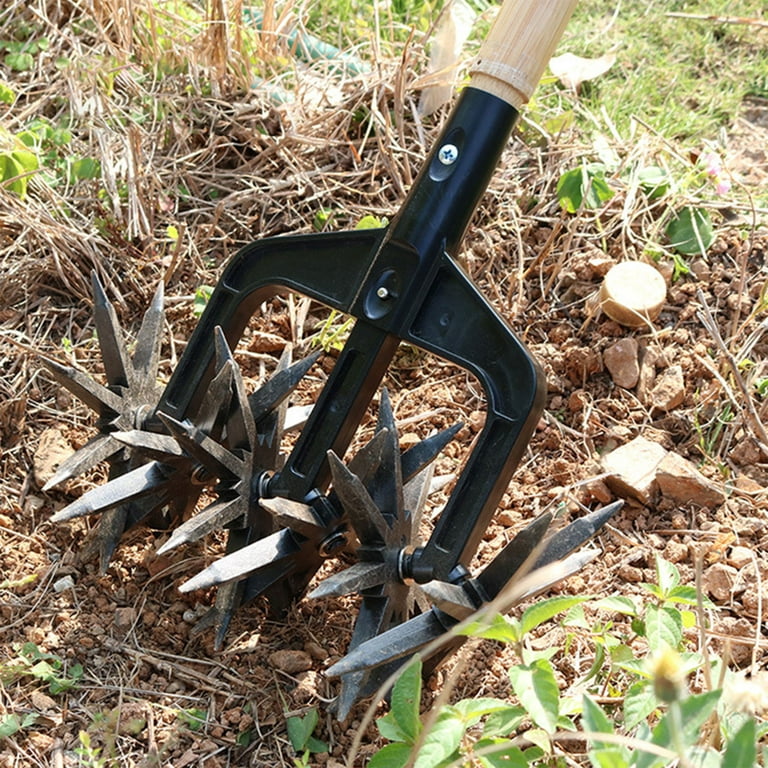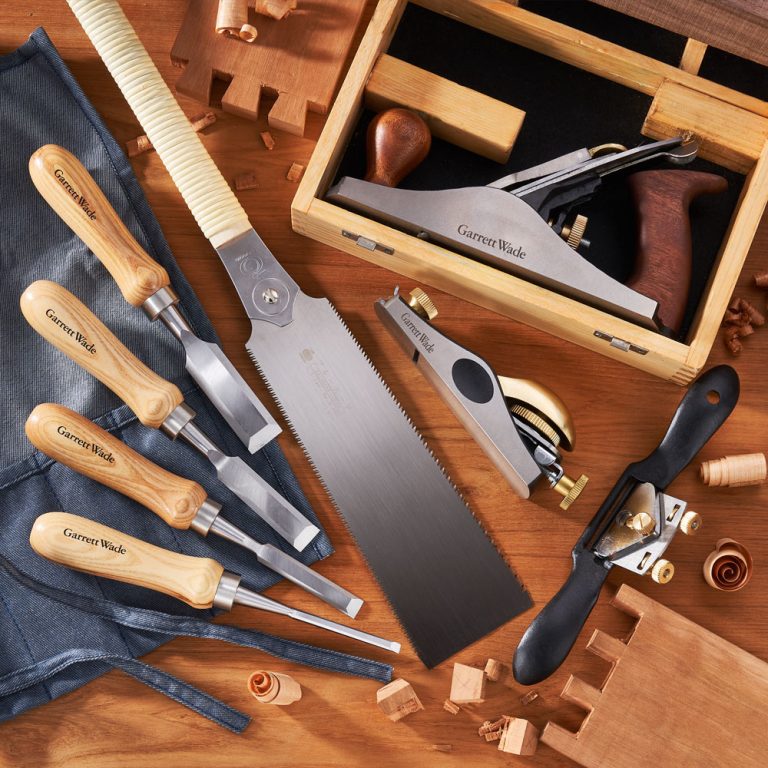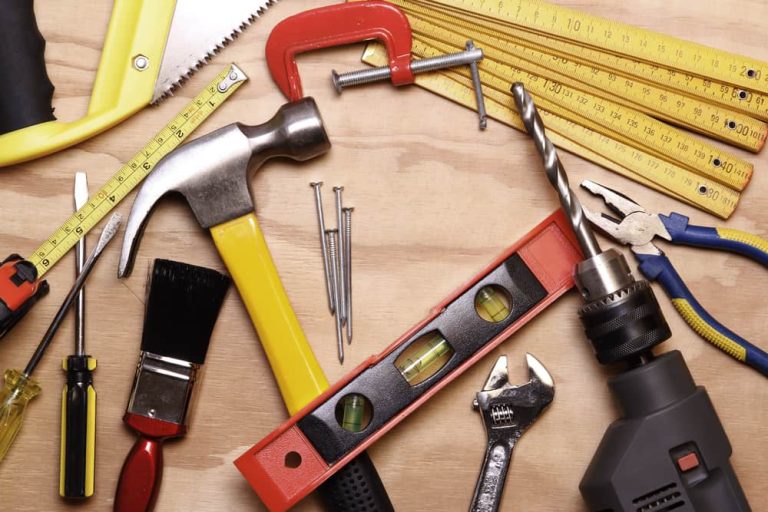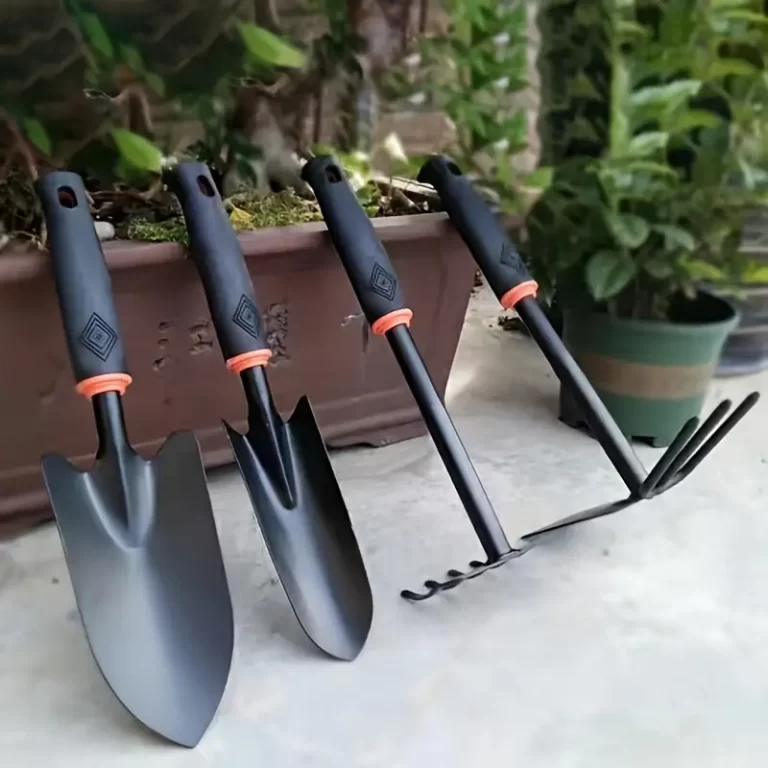What is a Garden Tiller?
A garden tiller revolutionizes soil preparation. It breaks up compacted earth effortlessly. Tillers mix soil amendments thoroughly. These powerful tools save time and labor. Gardeners rely on tillers for creating optimal growing conditions.Effortlessly prepare your garden soil with our reliable and powerful tiller garden tool, ensuring efficient cultivation and planting.
Types of Tiller Garden Tool
Front-Tine Tillers
Front-tine tillers offer maneuverability. They work well in smaller gardens. These tillers have wheels behind the tines. Front-tine models suit light to medium soil conditions.
Rear-Tine Tillers
Rear-tine tillers provide more power. They handle tough soil with ease. These models have wheels in front of the tines. Rear-tine tillers work best for larger areas.
Cultivators
Cultivators are lightweight tiller alternatives. They work well for maintaining established beds. These tools loosen soil between plants. Cultivators often feature adjustable widths.
Mini-Tillers
Mini-tillers suit small gardens and tight spaces. They offer portability and easy storage. These compact tools work well for raised beds. Mini-tillers provide an excellent option for urban gardeners.
Key Features of Garden Tillers
Tines come in various designs. Slasher tines cut through debris effectively. Bolo tines excel in looser soils. Pick the right tine type for specific soil conditions.Engine power determines tilling capability. Measure power in cubic centimeters (cc) or horsepower (hp). Higher power suits tougher soil conditions. Match engine power to garden size and soil type.
Tilling width affects coverage area. Wider tillers cover more ground quickly. Tilling depth impacts soil preparation thoroughness. Adjustable depth settings offer versatility.Tillers use different transmission systems. Chain-driven models offer durability. Gear-driven tillers provide smooth operation. Choose a transmission type based on intended use.
Safety features protect operators. Look for models with blade guards. Emergency shut-off switches provide quick stops. Proper safety features ensure worry-free operation.
Benefits of Using a Tiller Garden Tool
Tillers drastically reduce soil preparation time. They accomplish in minutes what takes hours by hand. Time savings allow for more planting and gardening activities.Tilling breaks up compacted soil effectively. It incorporates air into the soil structure. Better aeration promotes root growth. Improved soil structure leads to healthier plants.
Tillers mix soil amendments thoroughly. They distribute compost and fertilizers evenly. Even mixing ensures consistent nutrient availability. Plants benefit from well-distributed nutrients.Tilling helps control weed growth. It uproots existing weeds effectively. Frequent tilling can prevent weed establishment. Proper weed control leads to better crop yields.
Tilled soil allows for easier seed planting. It creates optimal conditions for seedling growth. Loose soil promotes better root development. Easier planting leads to stronger plant establishment.
When to Use a Garden Tiller
Use tillers to prepare soil in early spring. They warm up the soil quickly. Spring tilling incorporates winter mulch. It creates optimal conditions for early planting.Tillers excel at breaking new garden areas. They cut through tough sod effectively. New ground preparation becomes manageable with tillers. They transform grass into plantable soil quickly.
Use tillers when adding soil amendments. They mix in compost thoroughly. Tillers distribute lime or fertilizers evenly. Proper amendment incorporation improves soil quality.Tillers aid in fall garden cleanup. They chop up plant debris effectively. Fall tilling prepares soil for winter. It allows for early spring planting preparation.
Use tillers for mid-season soil maintenance. They aerate soil between rows. Mid-season tilling can reinvigorate struggling plants. It helps manage weeds during the growing season.
How to Choose the Right Tiller
Garden size determines appropriate tiller type. Larger gardens benefit from rear-tine tillers. Small gardens may only need cultivators. Match tiller size to garden dimensions.Soil type influences tiller choice. Clay soils require more powerful tillers. Sandy soils allow for lighter models. Choose a tiller that matches soil conditions.
Consider personal strength and mobility. Heavier tillers may prove challenging for some. Self-propelled models offer easier operation. Choose a tiller that matches physical capabilities.Usage frequency impacts tiller selection. Frequent use warrants more durable models. Occasional use allows for lighter, less expensive options. Match tiller quality to expected usage.
Proper Tiller Operation Techniques
Clear the area of large rocks and debris. Mark underground utilities before tilling. Mow tall grass before tilling new areas. Proper preparation ensures safe tiller operation.Set appropriate tilling depth for the task. Adjust tine speed if the model allows. Ensure wheels or depth bar are properly positioned. Correct settings optimize tilling effectiveness.
Move the tiller at a steady, comfortable pace. Allow the machine to do the work. Avoid forcing the tiller through tough spots. A steady pace ensures even soil preparation.Till the area in perpendicular passes. This ensures thorough soil mixing. Multiple passes create finer soil texture. Cross-tilling produces optimal planting conditions.
Wear appropriate safety gear during operation. Keep hands and feet away from moving parts. Avoid tilling in excessively wet conditions. Safe operation prevents accidents and injuries.

Maintenance Tips for Garden Tillers
Remove soil and debris after tilling. Clean tines thoroughly to prevent rust. Wipe down the entire machine. Regular cleaning extends tiller lifespan.Monitor oil levels before each use. Change oil according to manufacturer recommendations. Use the correct oil type for the machine. Proper oil maintenance ensures engine longevity.
Inspect tines for wear regularly. Sharpen dull tines to maintain efficiency. Replace severely worn or damaged tines. Sharp tines ensure optimal tilling performance.Store tillers in a dry, covered area. Drain fuel for long-term storage. Cover the tiller to protect from dust. Proper storage prevents rust and damage.
Schedule annual tune-ups for gas-powered tillers. Check spark plugs and air filters. Lubricate moving parts as needed. Regular maintenance prevents breakdowns during crucial times.
Common Tiller Problems and Solutions
Check fuel freshness and levels. Inspect the spark plug for fouling. Clean the air filter if clogged. Ensure the fuel line isn’t blocked.Check for jammed debris between tines. Inspect belt tension on belt-driven models. Ensure the tine engagement mechanism works properly. Lubricate moving parts if necessary.
Adjust depth settings for consistency. Ensure tines are not bent or damaged. Check tire pressure on wheeled models. Maintain a steady pace during operation.Inspect tines for damage or missing pieces. Check engine mounts for looseness. Ensure all bolts and fasteners are tight. Address vibration issues promptly to prevent damage.
Check oil levels for overfilling. Inspect air filter for cleanliness. Ensure the correct fuel mixture in two-stroke engines. Blue smoke may indicate oil burning issues.
Environmental Considerations
Avoid over-tilling, which can damage soil structure. Incorporate organic matter to improve soil health. Use tilling as part of a comprehensive soil management plan. Healthy soil leads to more productive gardens.Till on contours to prevent soil erosion. Avoid tilling slopes when possible. Plant cover crops after tilling to protect soil. Proper tilling practices conserve valuable topsoil.
Maintain tillers for optimal fuel efficiency. Consider electric models for reduced emissions. Use the appropriate size tiller for the job. Fuel-efficient operation reduces environmental impact.Operate tillers during appropriate hours. Consider neighbors when planning tilling activities. Use electric models in noise-sensitive areas. Respectful operation maintains good community relations.

Alternatives to Traditional Tilling
No-Till Gardening
No-till methods preserve soil structure. They rely on mulching and natural decomposition. No-till gardening reduces soil disturbance. It can improve long-term soil health.
Double Digging
Double digging manually prepares soil deeply. It works well for smaller areas. This method improves drainage and aeration. Double digging offers an alternative to mechanical tilling.
Raised Beds
Raised beds often require less tilling. They allow for better soil control. Raised bed gardening can reduce the need for heavy equipment. It offers an option for areas with poor native soil.
Lasagna Gardening
Lasagna gardening uses layered organic materials. It builds soil without tilling. This method improves soil over time naturally. It works well for converting lawn to garden space.
Renting vs. Buying a Tiller
Advantages of Renting
Renting allows access to professional-grade equipment. It eliminates storage and maintenance concerns. Renting suits occasional or one-time tilling needs. It provides a cost-effective option for infrequent use.
Benefits of Owning
Owning ensures equipment availability when needed. It allows for customization and familiarity. Ownership can be cost-effective for frequent use. It provides convenience for regular gardeners.
Factors to Consider
Evaluate frequency of use when deciding. Consider storage space availability. Assess willingness to perform maintenance. Compare long-term costs of renting versus buying.
Conclusion: Harnessing the Power of Tillers
Garden tillers transform gardening tasks dramatically. They save time and reduce physical strain. Proper tiller selection and use optimize garden productivity. Understanding tiller types and techniques enhances gardening success. With the right approach, tillers become invaluable tools in creating thriving gardens.









